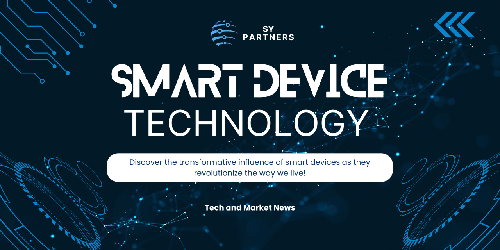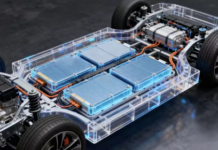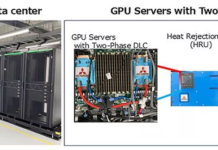Smart devices have quickly become part of our everyday lives. From phones and wearables to home assistants and connected appliances, these innovations make tasks easier, homes more efficient, and experiences more personalized. But behind the convenience of these devices lies a sophisticated network of technologies that powers their functionality.
Connectivity: The Foundation of Smart Technology
At the core of every smart device is the ability to connect and communicate. These devices rely on strong internet connections to exchange data, update software, and provide real-time responses. High-speed networks ensure that smart homes, IoT sensors, and cloud-connected devices operate seamlessly without frustrating delays. Providers like Frontier deliver the fiber-optic speeds and reliability necessary to keep this ecosystem running smoothly.
Cloud Computing: Powering Intelligence
Most smart devices depend on the cloud for processing power and data storage. Rather than relying solely on local hardware, these devices offload complex tasks to powerful cloud servers. This setup allows for continuous updates, machine learning improvements, and integration with other digital services, all without users needing to upgrade hardware frequently.
The Role of AI in Smarter Devices
Artificial Intelligence (AI) is a driving force behind device intelligence. AI algorithms enable devices to learn user behaviors, predict needs, and improve over time. For instance, smart thermostats can adjust heating patterns based on daily routines, while voice assistants can understand context and provide more accurate responses. AI’s ability to process data quickly is what makes these devices “smart.”
Edge Computing: Bringing Processing Closer to Home
While cloud computing handles much of the workload, edge computing is becoming increasingly important. This technology processes data closer to where it’s generated, within the device itself or a nearby network node, reducing latency and improving response times. This is crucial for applications such as autonomous vehicles and real-time video analysis.
Sensors and IoT Integration
Smart devices rely on advanced sensors to interact with their surroundings. Motion detectors, temperature gauges, cameras, and biometric scanners feed data into IoT networks, allowing devices to react intelligently. These sensors, paired with connectivity, create an environment where multiple devices work together to provide a seamless user experience.
Cybersecurity: Protecting the Smart Ecosystem
With increased connectivity comes the need for stronger cybersecurity. Encryption, multi-factor authentication, and regular software updates are essential to protecting personal data and device integrity. Manufacturers and network providers continue to enhance security measures to keep devices safe from cyber threats.
The Future of Smart Devices
The next generation of smart technology will integrate even more advanced AI, 5G connectivity, and sustainable designs. Devices will become more energy-efficient, more predictive, and more deeply integrated into daily life. As connectivity expands, users can expect even greater convenience and innovation in the years to come.
The Backbone Driving Innovation
The evolution of smarter devices depends on an intricate combination of connectivity, cloud computing, AI, sensors, and robust security. As these technologies advance, they create an ecosystem where devices not only respond to commands but also anticipate and adapt to user needs. Strong infrastructure ensures that this digital transformation continues to thrive, shaping the future of how we live and interact with technology.

















